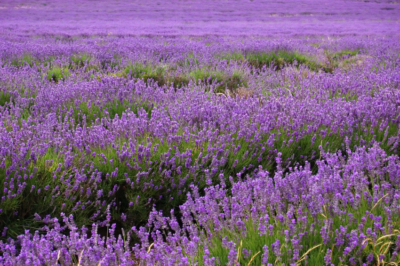The lavender has been the characteristic plant of the High Provence. Every year, thousands of people make a pilgrimage to the southern French province and admire the lush purple flowering fields. In addition, larger cultivation areas can also be found in other Mediterranean countries, and even in India. It is hard to imagine that in a few years commercial cultivation will also succeed in European wine-growing areas.

Of all the lavender varieties, the true lavender, Lavandula angustifolia, as it is botanically correctly called, is the most robust. This variety of lavender is hardy and does very well in many areas of America, given an appropriate location. Lavender needs a very sunny, preferably warm location with sandy, well-drained soil. Nutrient-rich, humus-rich soil, peat soil or loamy soil, on the other hand, are less suitable, but can at least be worked accordingly in the home garden. The history of lavender shows that this Mediterranean plant has been with us since the Middle Ages – even the abbess and healer Hildegart von Bingen described the medicinal herb.
Wintering of the lavender
Only the true lavender should be overwintered outdoors – depending on the region and climate also with a protection of brushwood or frost protection mats. Other lavender varieties, on the other hand, are sometimes hardy, but far from winter-hardy. They belong in protected rooms or in a (not heated) greenhouse in frosty temperatures under cold house conditions.
Tips & Tricks
Lavender is also very suitable for balcony planting. The balcony should be as sunny as possible (southern or southwestern exposure) and also provide protection from weather-related inclemency.

